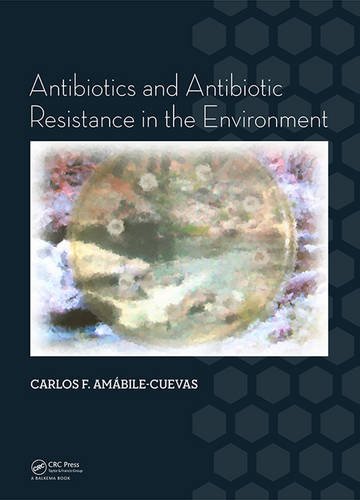

Most ebook files are in PDF format, so you can easily read them using various software such as Foxit Reader or directly on the Google Chrome browser.
Some ebook files are released by publishers in other formats such as .awz, .mobi, .epub, .fb2, etc. You may need to install specific software to read these formats on mobile/PC, such as Calibre.
Please read the tutorial at this link: https://ebookbell.com/faq
We offer FREE conversion to the popular formats you request; however, this may take some time. Therefore, right after payment, please email us, and we will try to provide the service as quickly as possible.
For some exceptional file formats or broken links (if any), please refrain from opening any disputes. Instead, email us first, and we will try to assist within a maximum of 6 hours.
EbookBell Team

5.0
60 reviewsThe presence of antibiotics, antibiotic resistance genes, and antibiotic resistant bacteria in the environment (i.e., outside of clinical settings, such as antibiotic-treated patients or antibiotic-impregnated locations, such as hospitals) is a cause of growing worldwide concern, as it reveals the extensive impact of antibiotic abuse and other human-related pressures upon microbes. Also, the potential clinical and environmental impact of the presence of antibiotic resistance outside the obvious clinical settings is mostly unknown, but could be unexpectedly large, as resistance in clinical conditions can be seen as a very small "tip of the iceberg". The field of detecting and measuring resistance in the environment has rapidly evolved from mostly anecdotal reports at the end of the 1990s, to a systematic search of organisms and genes in a wide variety of settings, from ancient permafrost to migratory birds. This book will review the available evidence and hypotheses on where this resistance is coming from and for how long it has been there; what are the selective and maintenance pressures involved, and how is resistance spreading; what are the known and possible traits that are being selected and spread along with antibiotic resistance ones; what are the laboratory and in-silico strategies to look into this issue, and their advantages and disadvantages.